CLICK ON THE PHOTO TO SEE MORE DETAILS AND TELL US YOU ARE COMING!
Become an amateur radio operator: Take a HamCram!
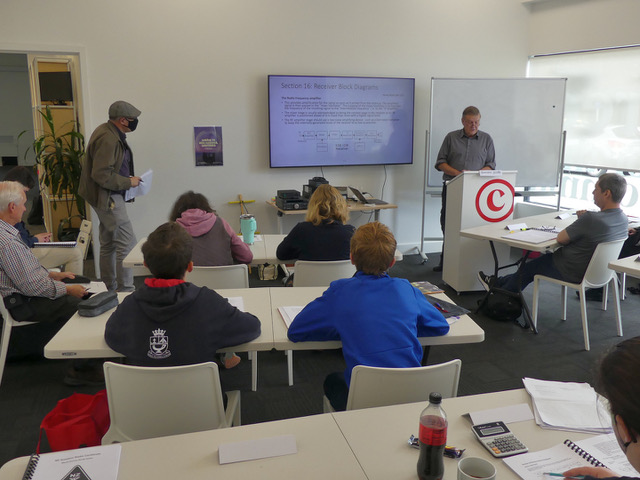
The Wellington Amateur Radio Club has now hosted four HamCrams (two in 2023 and two in 2024). We try and make it easy to get to be an amateur radio operator. We have had a consistently high pass rate of over 80% at our HamCrams.
There is already a wait list for a future HamCram. The timing of our next HamCram has not been confirmed, but will be no later than early 2025, and if there is sufficient interest it may be held as early as November 2024. Please write to Mike ZL1AXG to be on the wait list Please email Mike ZL1AXG now to pre-register for a HamCram. You won’t want to miss out!
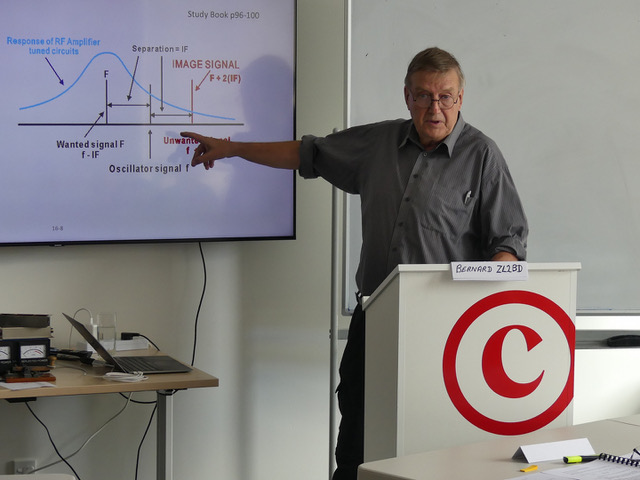
Bernard ZL2BD explaining a technical point in the April 2023 HamCram
What is amateur radio all about?
Kits and books
The following kits and books are available for purchase through our trading table. We are getting low on stock of our exclusive Magnetic Loop kits so be in quick!
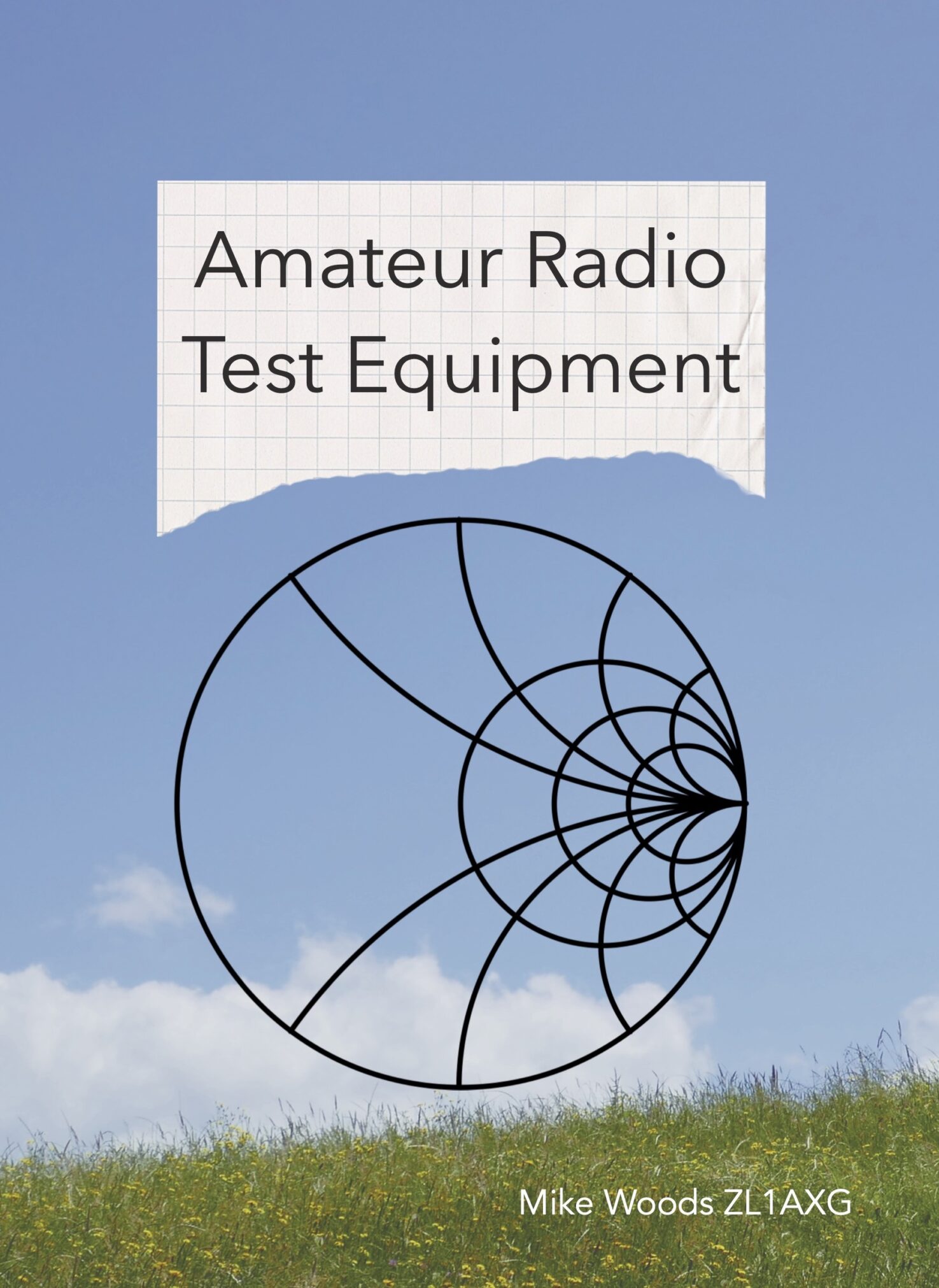
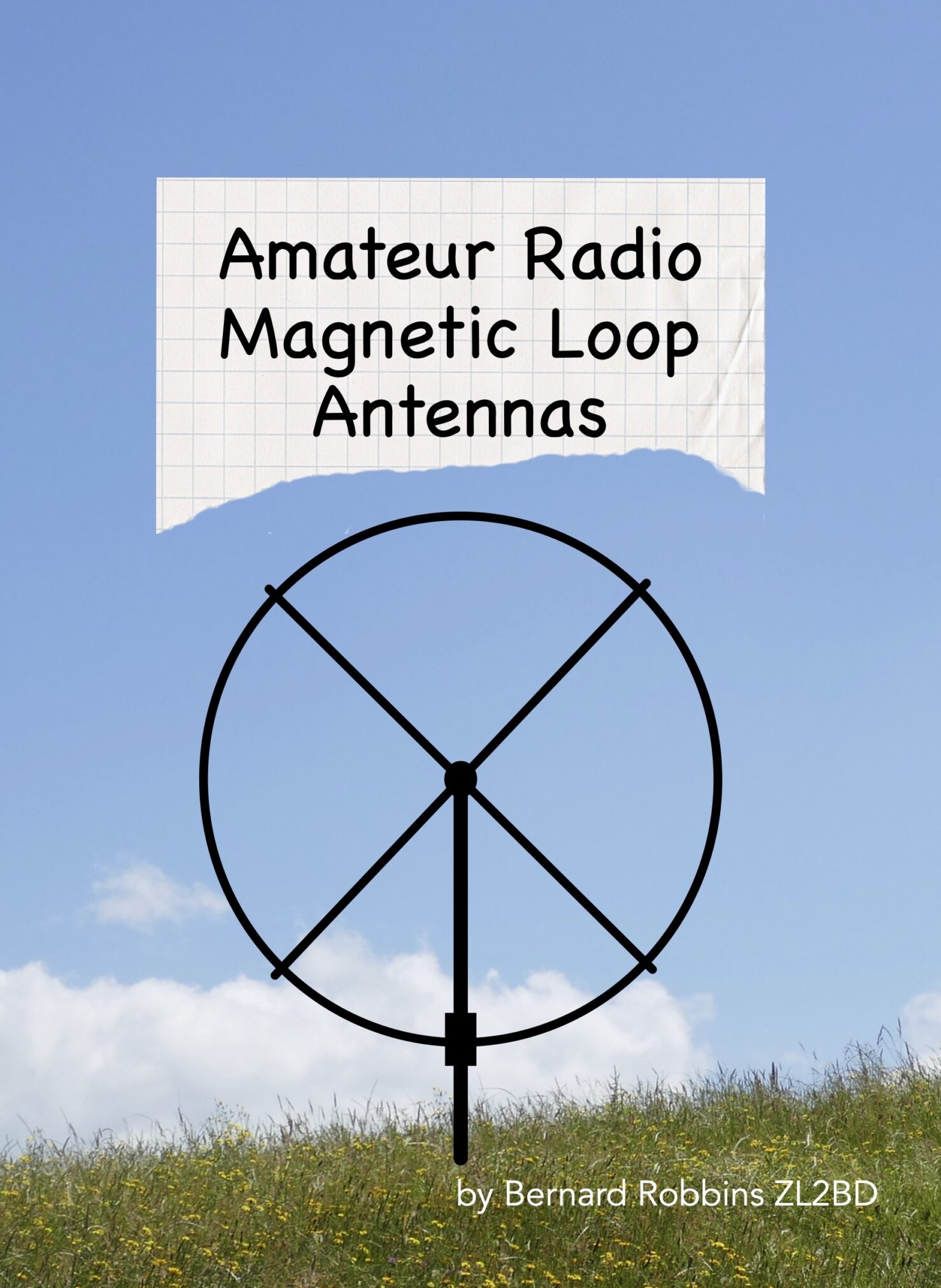
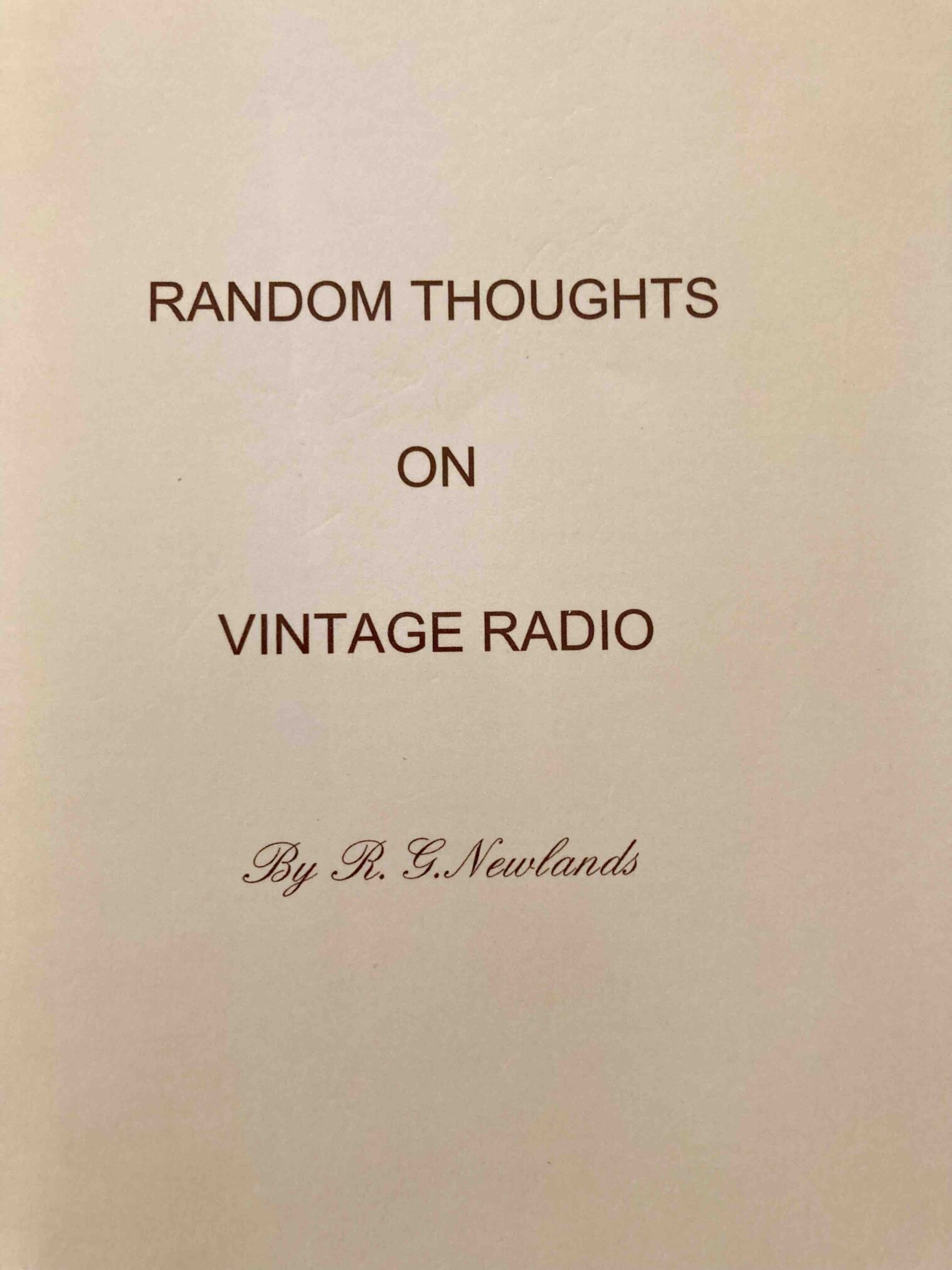
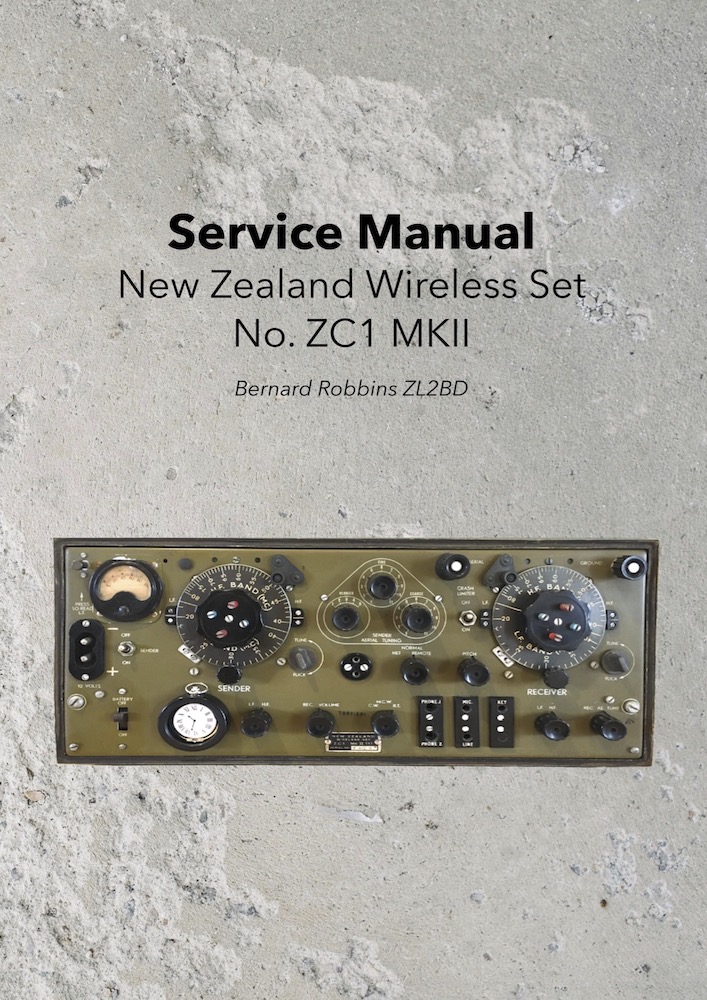
To order products see our Orders and Payment Page
For more information on our products see our Products Page
40m Band Plan
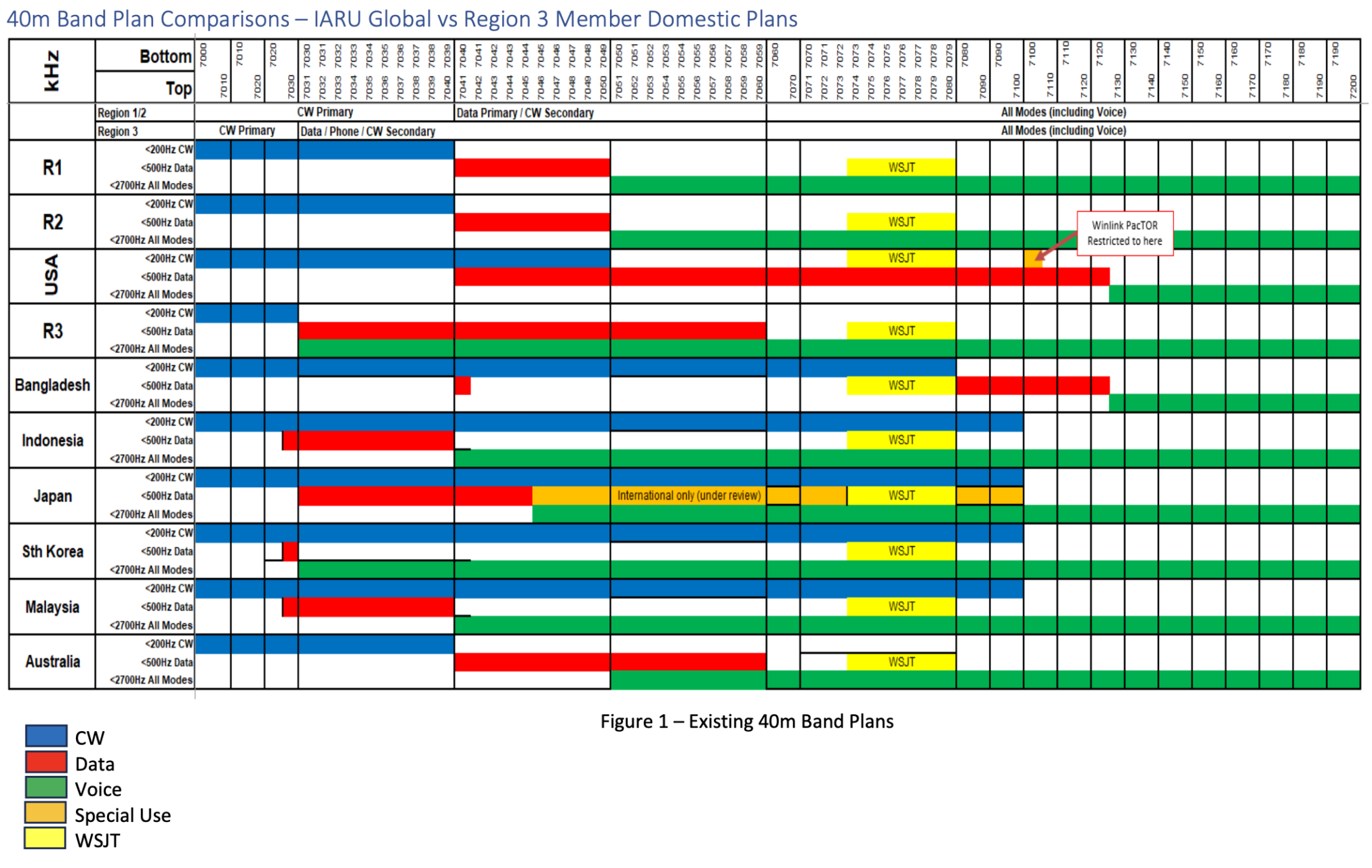
As users of 40 m will be aware, the 7000-7200 kHz band is one of the most dis-organised bands on a global basis. The main problems affecting the current 40 m band plan are:
- inconsistent IARU member society band plans.
- specific national regulatory conditions/constraints (e.g. the FCC in the USA)
- old band plan allocations that haven’t been revised following the band expansion granted at WRC2003 (prior to which the 40 m band was only 100 kHz wide)
In addition to these issues, there has been the shift in activity towards greater use of data modes, which has called into question whether the current 40 m band plan provides sufficient band space to support this level of activity.
The IARU Region 3 Band Plan Manager, Grant Willis VK5GR has put together a paper looking at the problems in the current 40 m band plan and potential solutions to them and NZART is looking to put in a submission on behalf of NZ users of the 40 m band.
Please have a read of Grant’s paper (especially the 8 questions at the end) and send any comments you have to me (Terry James zl1hognz@gmail.com) as soon as possible as we need to have the NZART submission completed by the end of August.
Terry ZL1HOG
NZART Counsellor
One of our members operates from Bletchley Park HQ
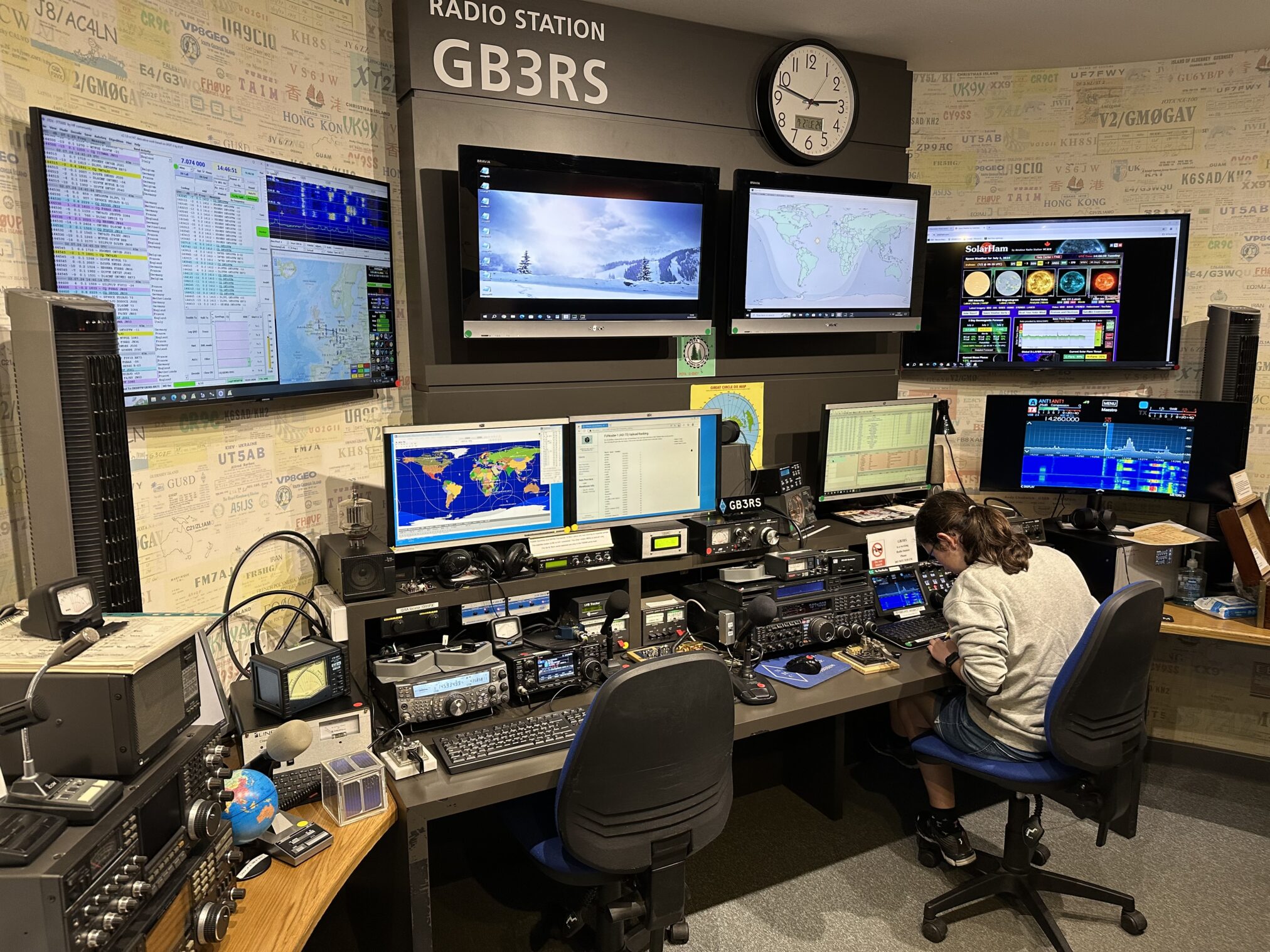
Laura ZL2LEP, one of our teen members, can be seen operating the GB3RS amateur radio station at Blechley Park in the UK. Bletchley Park is known for its work in breaking the German Enigma code during World War II.
SDR receiver
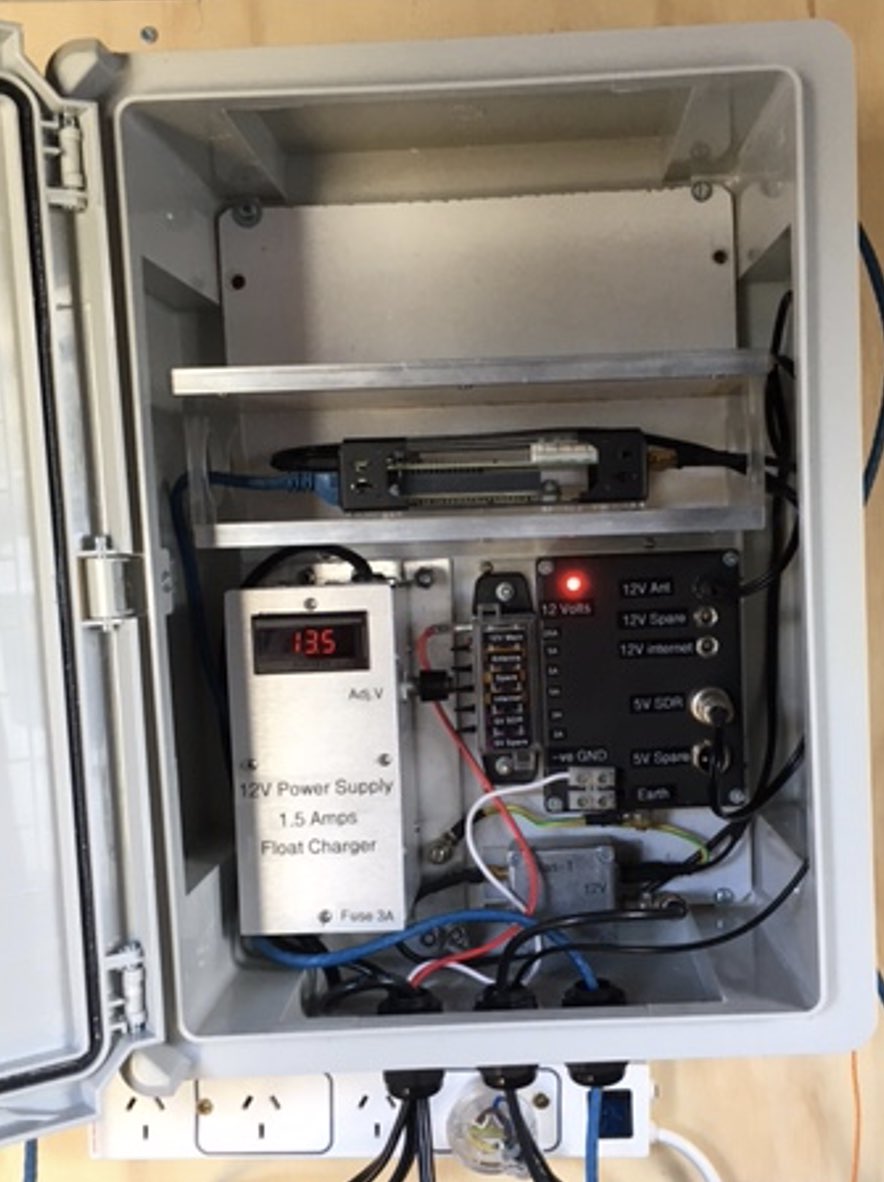
A club SDR receiver is up and running in Tangimoana (north of Wellington City) in a very quiet location for RF noise and can now be accessed by members and non-members via the KiwiSDR.com website. Search for ZL2WB to begin listening.
A web based remote HF receiver for RemoteDX members, and potentially a wider range of users was approved at the RemoteDX AGM in 2020. The remote SDR was funded and built by RemoteDX Inc. in September 2021. It was eventually installed under test at Tangimoana in May 2024. This project now falls under the control of the Wellington Amateur Radio Club.
The KiwiSDR is a 14-bit wideband RX only HF software defined radio created by John Seamons (ZL/KF6VO) which has up to 32 MHz of bandwidth, so it can receive the entire 10 kHz – 30 MHz VLF/LF/MW/HF spectrum all at once. However, it is not like a PC SDR as you do not connect the KiwiSDR directly to your PC. Instead the KiwiSDR is a cape (add on board) for the Beaglebone single board computing platform. Beaglebone is a small computing board that is like a Raspberry Pi. The KiwiSDR is designed to be a low-cost standalone unit that runs 24/7, connects to a HF antenna andinternet network, and shares 10 kHz – 30 MHz reception over the internet with up to 4 simultaneous users.
KiwiSDR is designed to be shared and accessed over the internet from anywhere in the world. You can connect to any one of more than 500 shared KiwiSDRs right now.
Tangimoana has been found to meet the key non-functional requirements for the SDR station, such as a low RF noise site, space for a suitable antenna, 230V mains supply and a good connection to the internet.
Power supply requirements for the Kiwi SDR and the Active Mag loop in use have taken account of the need for low RF noise at the site. The solution includes a Gel battery with a linear battery charger to achieve this.
Further equipment, including a second SDR receiver, is planned for the same location later this year to improve the resilience and capacity of the facility. A design report has been prepared and can be downloaded here:
HamCram graduates in June 2024
We had seven HamCram participants in our June 2024 HamCram, and six passed the examination. Please welcome on the air the following new operators and members of Branch 50 NZART:
- Jay Krishnan ZL2JAY
- Ian Austin ZL2IPA
- Gary Siddells ZL2GSD
- Nick Toulman ZL2NTM
- Jake Evans-Scot ZL2JKE


